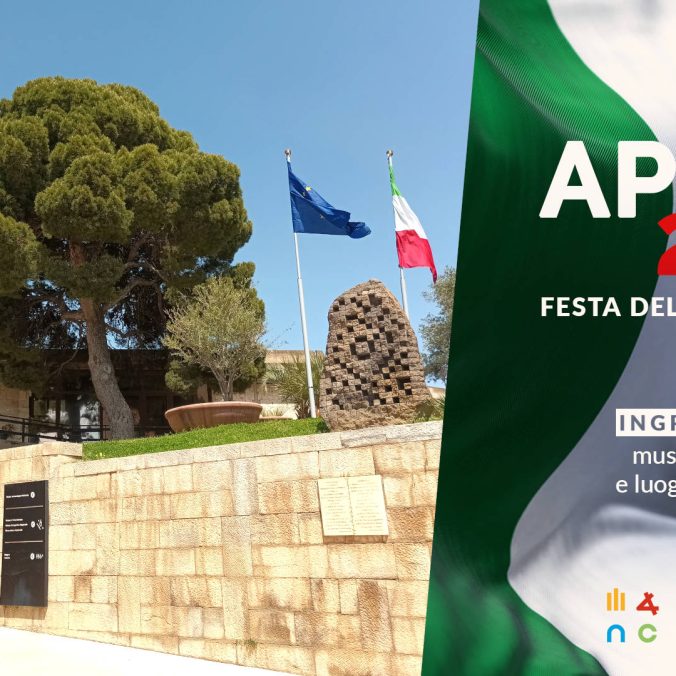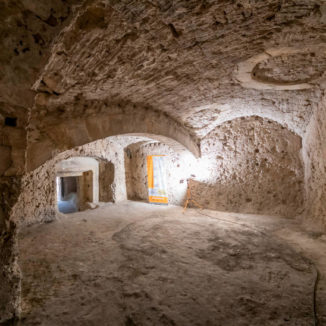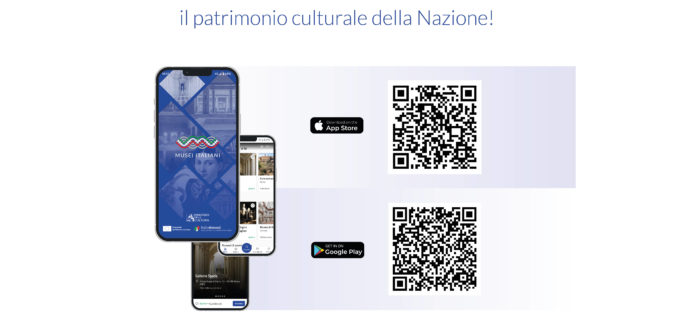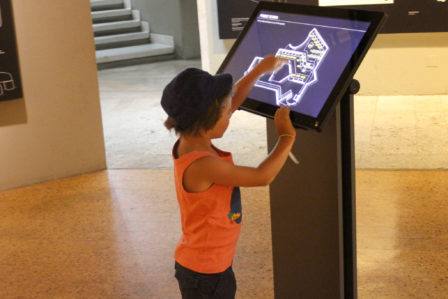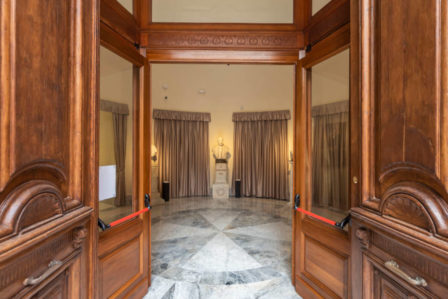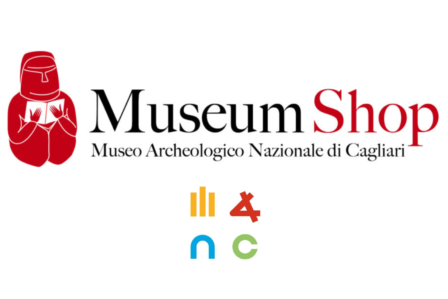Corpo Pagina
Primo Piano
Secondo Piano
Mappa e Info utili
Info utili
Aperto tutti i giorni dalle ore 8:45 alle ore 19:45
Biglietteria: ore 8:45 – 19
DOVE SIAMO:
Piazza Arsenale 1, 09124 Cagliari (CA)
Come raggiungerci
CONTATTI: +39 070 655911
Prenotazione obbligatoria per i gruppi:
man-ca.prenotazioni@cultura.gov.it

